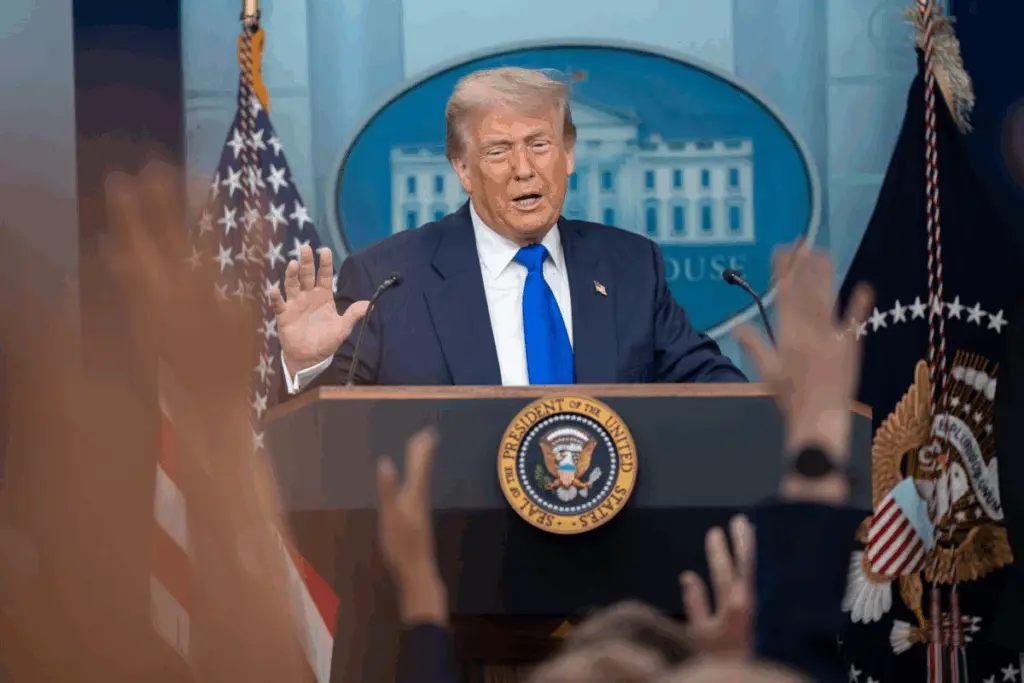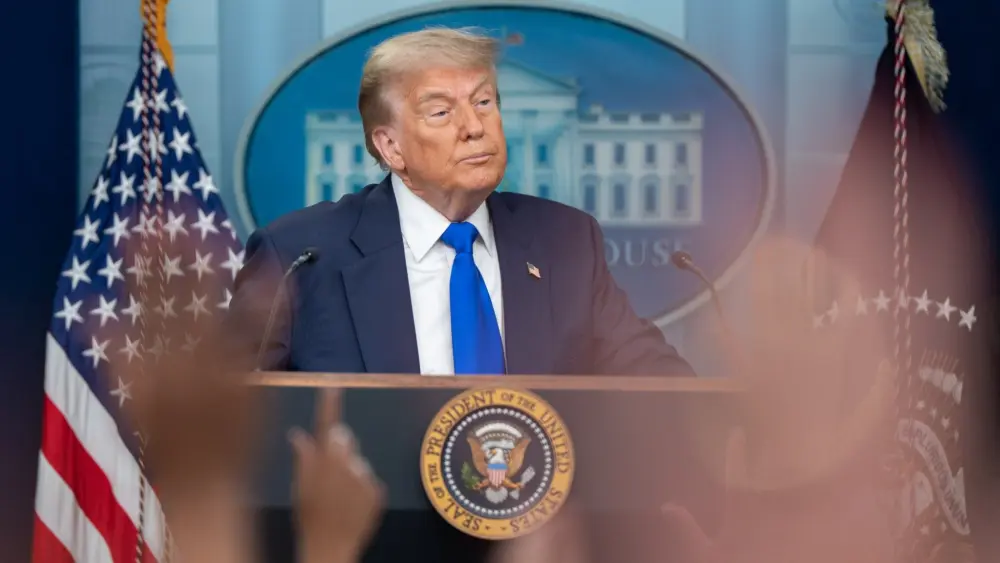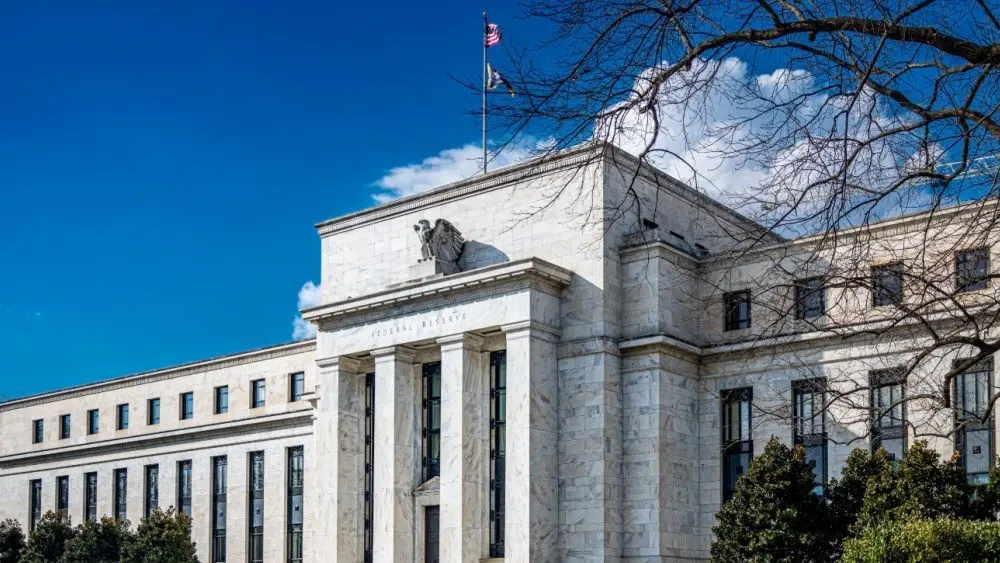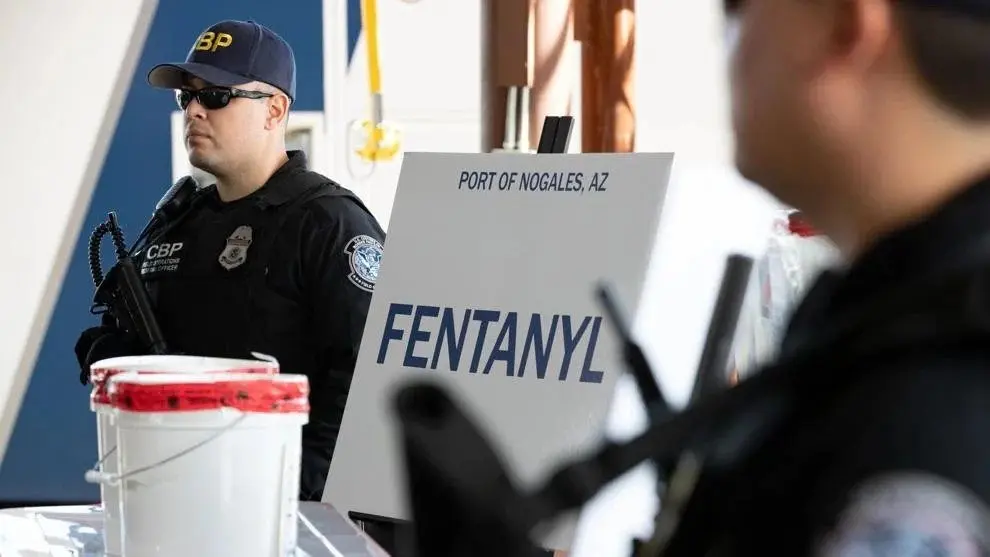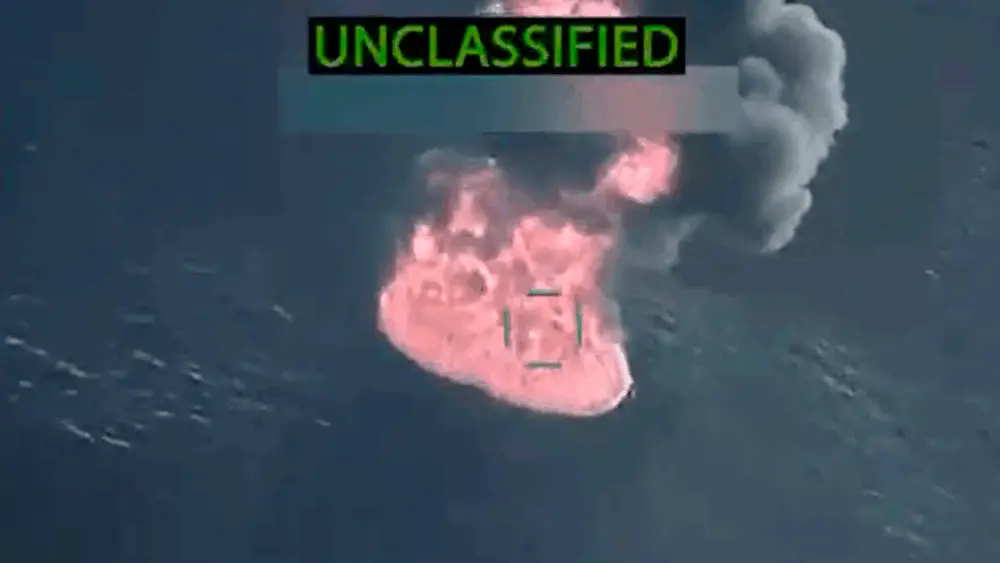U.S. – The U.S. Court of Appeals for the Federal Circuit affirmed a lower court ruling that invalidated the tariffs. Still, it said the highest import duties in nearly a century could remain in place while the administration appeals to the U.S. Supreme Court.
In a 7-4 decision, the court said tariff power rests with Congress, not the president. It also found that the 1977 International Emergency Economic Powers Act didn’t grant the president such authority.
The court said Trump’s tariffs on all U.S. trading partners went “beyond the authority delegated to the President by IEEPA.”
Trump took to social media to vent, saying that all tariffs remain in effect for now.
“Today a Highly Partisan Appeals Court incorrectly said that our Tariffs should be removed, but they know the United States of America will win in the end. If these Tariffs ever went away, it would be a total disaster for the Country,” Trump said. “It would make us financially weak, and we have to be strong.”
Phillip Magness, a senior fellow at the Independent Institute, said the president overstepped.
“This is a very conventional, level-headed, and non-partisan ruling rooted in the same constitutional doctrines that prevailed at the U.S. Court of International Trade in May,” he told The Center Square. “The court noted that Trump’s interpretation of IEEPA would be an unconstitutional delegation of Congress’s power, and its review of the governing statutes firmly established that IEEPA was not intended to be used for tariffs let alone a full-scale presidential re-writing of the entire tariff schedule.”
Magness said that Trump’s claims to have nearly unlimited tariff authority may have been his undoing.
“It’s also clear that the administration’s legal strategy in this case backfired. They asserted sweeping and practically unchallengeable tariff powers under IEEPA in their filings with the court, and it’s clear that the justices were not buying it,” he said. “Even more bizarre, they attempted a last-ditch set of legal arguments over the last few weeks where they essentially claimed that Trump’s tariff agenda was ‘too big to fail,’ even if it was found to be technically unconstitutional.”
Liberty Justice Center, the Texas-based nonprofit group that helped small businesses file suit to overturn the tariffs, said the ruling was a victory for the U.S. Constitution.
“The decision today is a powerful reaffirmation of our nation’s core constitutional commitments from our nation’s Founders, especially the principle that Presidents must act within the rule of law,” attorney Neal Katyal said. “It is that commitment to the rule of law that brought my parents, and millions of others, to this country, and which stands as a beacon of freedom and hope around the globe.”
Trump said the tariffs are needed.
“The U.S.A. will no longer tolerate enormous Trade Deficits and unfair Tariffs and Non Tariff Trade Barriers imposed by other Countries, friend or foe, that undermine our Manufacturers, Farmers, and everyone else,” the president wrote on Truth Social, which was temporarily down after the ruling. “If allowed to stand, this Decision would literally destroy the United States of America. At the start of this Labor Day weekend, we should all remember that TARIFFS are the best tool to help our Workers, and support Companies that produce great MADE IN AMERICA products. For many years, Tariffs were allowed to be used against us by our uncaring and unwise Politicians. Now, with the help of the United States Supreme Court, we will use them to the benefit of our Nation, and Make America Rich, Strong, and Powerful Again!”
The administration previously said it would take the case to the Supreme Court.
“[Trump] will probably do so on similar legal arguments that the two lower courts have now rejected,” Magness told The Center Square. “It’s always hard to predict how SCOTUS will rule if they take the case, although I’d note that several of the court’s ‘originalists’ would have to turn against core legal theories like non-delegation and the framers’ intent to reinstate Trump’s tariffs. It’s very clear that Trump is using tariffs in ways that go against framers’ intent, and that stretch the delegation of congressional powers well beyond what most originalists are comfortable doing.”
Trump used the International Emergency Economic Powers Act to underpin his “Liberation Day” tariffs. On April 2, Trump announced reciprocal tariffs on nearly all U.S. trading partners. He later suspended those higher tariffs, used the threat of higher taxes to get foreign nations to agree to new trade deals and then hit nearly 66 nations plus the European Union with the highest tariffs in nearly a century.
In May, the U.S. Court of International Trade unanimously ruled that Congress did not give the president tariff authority under the International Emergency Economic Powers Act of 1977. The ruling voided Trump’s “Liberation Day” tariffs and struck down other tariffs Trump issued under the IEEPA. The administration appealed to the Federal Circuit, which ruled that Trump’s “Liberation Day” tariffs could remain in place while the legal challenge continued.
Trump has said he wants to use tariffs to restore manufacturing jobs lost to lower-wage countries in decades past, shift the tax burden away from U.S. families and pay down the national debt.
A tariff is a tax on imported goods paid by the person or company that imports the goods. The importer can absorb the cost of the tariffs or try to pass the cost on to consumers through higher prices.
Economists, businesses and some public companies have warned that tariffs could raise prices on a wide range of consumer products.
New tariffs raised $58.5 billion in revenue between January and June of this year before accounting for income and payroll tax offsets, according to an analysis of federal data from the Penn Wharton Budget Model.

